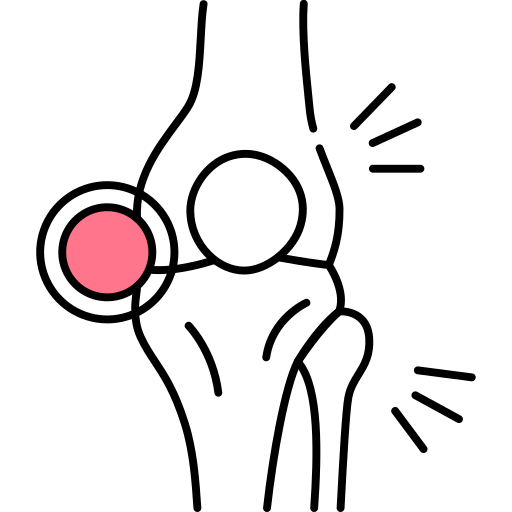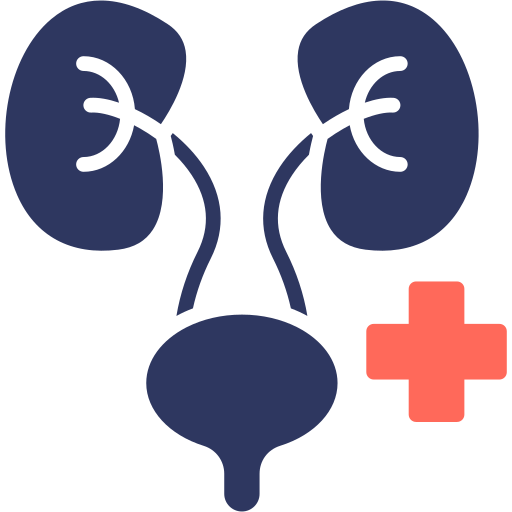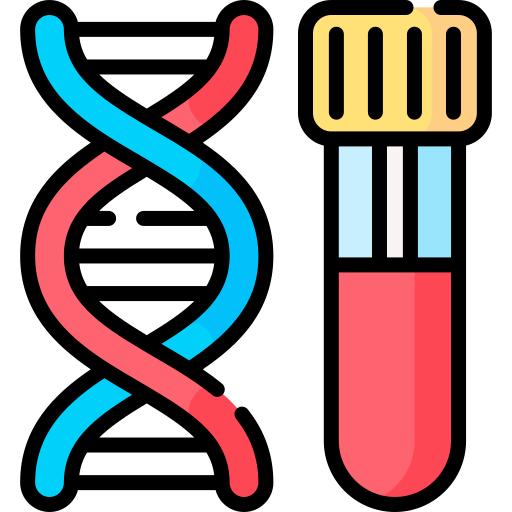MPS VI – Maroteaux–Lamy Syndrome
Mucopolysaccharidosis type VI (MPS VI), also known as Maroteaux–Lamy syndrome, is a rare lysosomal storage disorder caused by a deficiency of the enzyme arylsulfatase B (ARSB). This enzyme is essential for breaking down dermatan sulfate, a type of glycosaminoglycan (GAG). Without sufficient ARSB activity, dermatan sulfate accumulates inside lysosomes, disrupting normal cell function and leading to progressive damage to multiple organ systems.
MPS VI shares many physical features with Hurler syndrome (MPS I) but does not typically involve cognitive decline, making it distinct in terms of neurological impact.

1 in 250,000
to 1 in 600,000 live births
Causes and Pathophysiology
In healthy individuals, ARSB breaks down dermatan sulfate into smaller components that can be recycled or removed from the body. In MPS VI, mutations in the ARSB gene cause enzyme deficiency, leading to dermatan sulfate build-up in:

Cartilage and bone
Cartilage is flexible connective tissue, bone is hard rigid support.

Heart valves
Heart valves control blood flow direction between heart chambers.

Cornea
Cornea is the transparent front part of the eye.

Connective tissues
Connective tissues support, bind, and protect other body tissues.
Over time, this accumulation results in skeletal dysplasia, joint stiffness, and multi-organ involvement.
Signs and Symptoms
Onset can occur in early childhood, and severity varies from rapidly progressing forms to milder, later-onset cases.
Common features include:
- Short stature and disproportionate growth
- Coarse facial features
- Joint stiffness and limited mobility
- Spinal deformities (kyphosis, scoliosis)
- Cardiac valve thickening and regurgitation
- Enlarged liver and spleen (hepatosplenomegaly)
- Corneal clouding and vision impairment
- Hearing loss
Diagnosis

Urinary GAG analysis
– Elevated dermatan sulfate.

Enzyme assay
– Low or absent ARSB activity.

Genetic testing
– Confirms ARSB mutations.

Radiographic imaging
– Identifies skeletal changes.
Neurological function is usually preserved, although some patients may have secondary issues from skeletal abnormalities (e.g., spinal cord compression).
Current Treatment Landscape
Enzyme Replacement Therapy (ERT)
– Intravenous administration of recombinant ARSB can reduce dermatan sulfate levels and improve endurance, respiratory function, and mobility. However, ERT does not reach avascular cartilage or bone effectively and requires lifelong infusions.
Supportive care
– Orthopaedic surgeries, cardiac monitoring, vision correction, respiratory therapy.
Unmet Needs
- Therapies capable of penetrating cartilage, bone, and cardiac valves to halt or reverse disease progression.
- Less invasive and more durable treatment approaches to replace weekly lifelong infusions.
- Earlier detection through newborn screening to allow timely intervention.
Dawn Therapeutics’ Approach
Dawn Therapeutics is advancing a next-generation gene therapy platform to address the limitations of current treatments for MPS VI:

Durable Effect
A single administration designed to provide long-lasting ARSB production.

Targeted Delivery
Proprietary vectors engineered to reach skeletal, connective, and cardiac tissues.

Systemic Impact
Potential to improve mobility, respiratory function, and cardiac health simultaneously.

Patient-Centred Design
Aiming to reduce treatment burden compared with weekly ERT.
